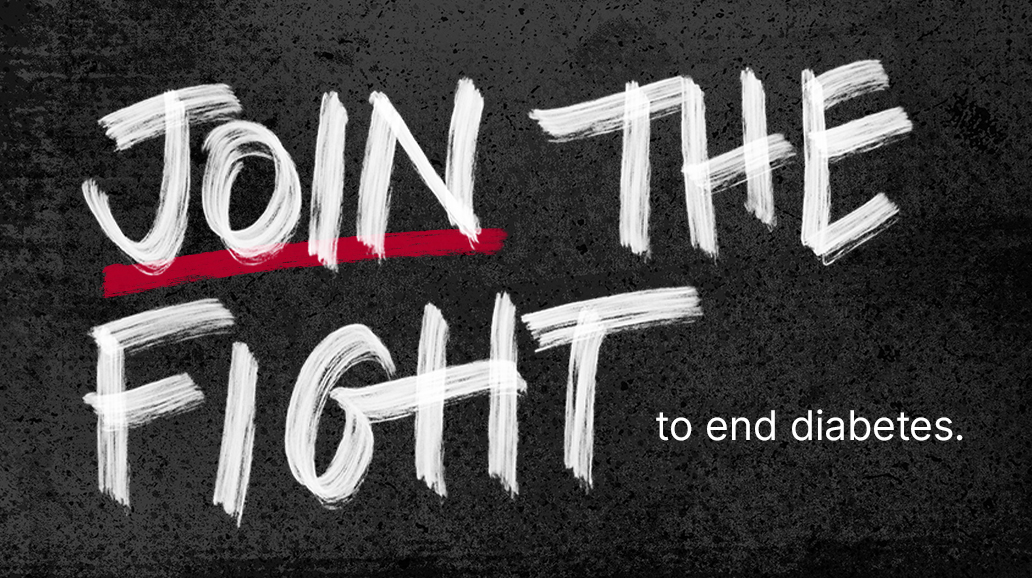Did you know that older adults with diabetes are at a major risk of falls caused by hypoglycemia? Hypoglycemia is low blood glucose (blood sugar), and when severe, it can lead to serious health issues. Notable symptoms of hypoglycemia are feeling unbalanced, blurred vision, and confusion. Hypoglycemia can be caused by several factors, particularly the imbalance of food and diabetes medications.
Falls in older adults with diabetes are a significant concern, impacting quality of life, independence, and the ability to enjoy daily activities. Along with maintaining good blood glucose control, ensuring strong bones through a diet rich in calcium-rich foods for patients with diabetes can significantly reduce fall risks.
What Calcium Does and How Much Do Older Adults Need?
Calcium is the most abundant mineral in your body and makes up a lot of your bones and teeth. It keeps your bones and teeth strong and supports your body’s overall structure. Calcium is also used to help your muscles move, helps with blood circulation, and your nerves to transmit messages throughout your body. The other nutrient to know when thinking about calcium is vitamin D. Vitamin D is used to absorb calcium, so without it, it can lead to not getting sufficient amounts of calcium. Also, as we get older, our bodies aren’t as efficient in absorbing calcium.
Your personal calcium needs will need to be determined by your nutritionist, diabetes care and education specialist, or another health care provider. However, recommended daily allowances for calcium are:
- Age 19–50 years old: 1,000 mg per day (men), 1000 mg (women, including those who are pregnant and lactating)
- Age 51–70 years old: 1,000 mg (men), 1,200 mg (women)
- Age 70+: 1,200 mg per day for both men and women
Calcium-Rich Foods
Fortunately, there are plenty of ways to get calcium through food and they’re easy to find in the grocery store. To learn how much a certain food contributes to your daily need for calcium, check the percent daily value (DV) on the nutrition label. If the DV is >20%, then it is a high calcium food. Here is a list of foods that are great sources of calcium:
- Milk and other dairy products such as yogurt and cheese (fun fact: 72 percent of all calcium intake in the United States comes from dairy products)
- Leafy greens (collard, kale, bok choy)
- Broccoli and broccoli rabe
- Oranges
- Figs
- Seafood (canned salmon and sardines)
- Fortified grains and cereals
- Fortified beverages
- Soybeans, beans, and lentils
- Seeds
Interested in learning how to make these different kinds of foods? Check out Diabetes Food Hub® for recipes and cooking tips. Here are some example recipes to try:
- Salmon Croquettes with Yogurt Horseradish Sauce
- Budget-Friendly Salmon Burgers
- Budget-Friendly Kale and Sausage Sauté
- Greek Chicken and Potatoes with Sautéed Kale, Raisins, and Feta Cheese
- Sheet Pan Miso Salmon and Sesame Bok Choy
- Moroccan Lentils with Stewed Tomatoes
Risks of Too Little or Too Much Calcium

Consuming too little calcium may pose a risk for a number of bone disorders, most notably, osteoporosis, which causes the bones to become fragile and increases the likelihood of fractures. Most people don’t go above the recommended upper limit of daily calcium intake, but too much calcium can cause constipation and possibly interfere with the body’s ability to absorb iron, the mineral that makes hemoglobin to transport oxygen throughout the body.
The general upper limits for calcium for adults according to the NIH are:
- Age 19–50 years old: 2,500 mg per day
- Age 51+ years old: 2,000 mg per day
While it’s difficult to reach those upper limits through food alone, it’s possible if calcium supplements are being taken. Higher intakes of calcium supplements can also increase the risks of kidney stones among older adults.
Should You Take Calcium Supplements?
Even though there are risks to having too much calcium, particularly through supplements, if you feel you’re not getting enough calcium on a regular basis, consult your doctor to see if supplementation is necessary.
Whether you’re an older adult with diabetes or caring for one, make calcium an essential part of your nutrition plan. Calcium and diabetes share a critical connection. The risks of calcium deficiency are too great to ignore and fortunately, it’s easy to find ways to improve and maintain your calcium intake each day.
Information provided by Beyond Type 1





